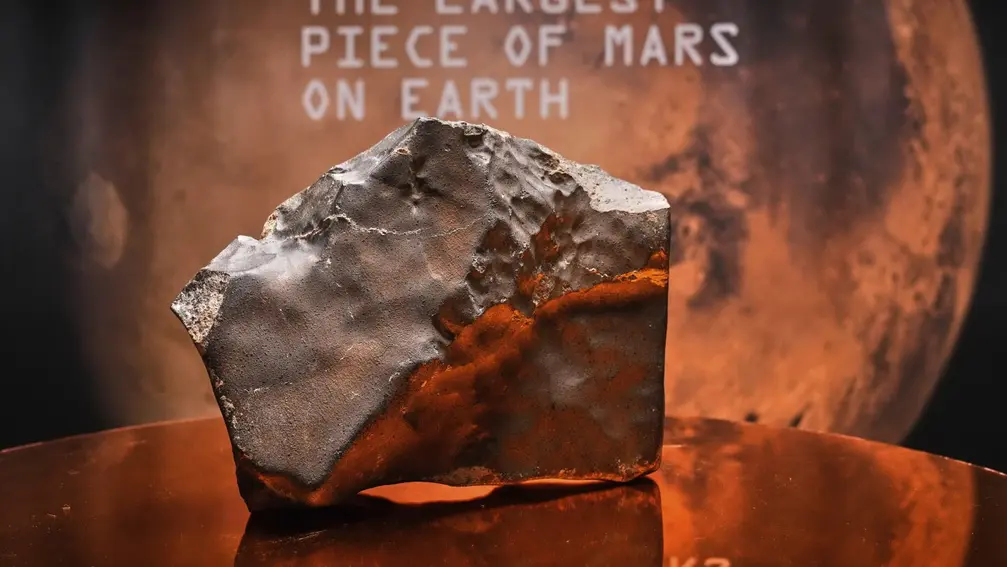T4K3.news
New dinosaur footprints found in Texas
Ancient footprints dating 110-115 million years surfaced after floods in northwest Travis County, with plans for 3D mapping and careful site protection.
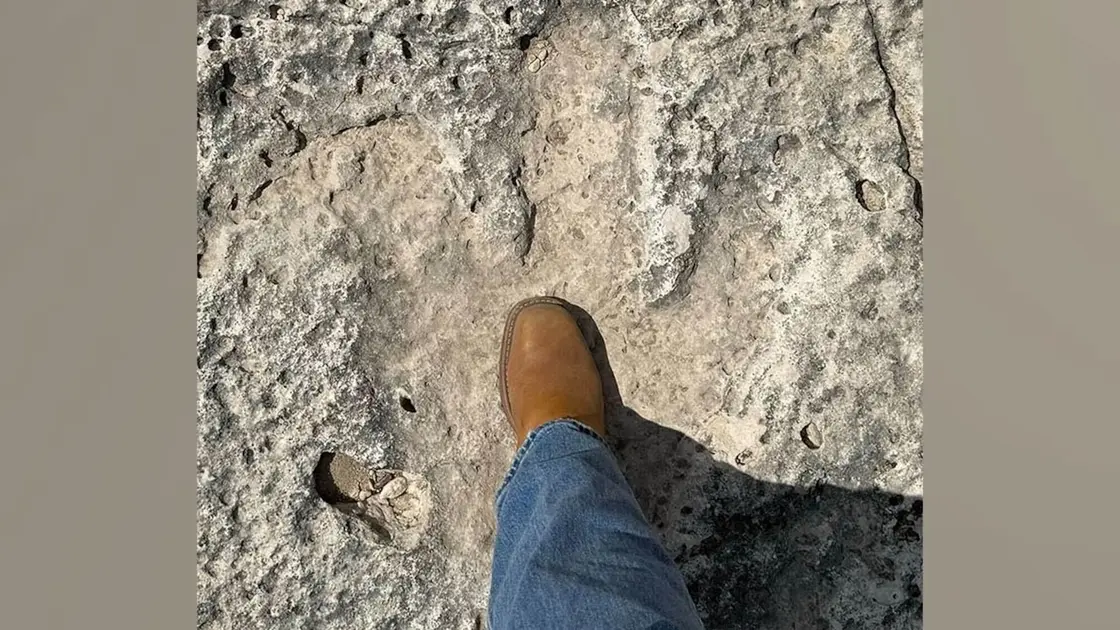
Ancient dinosaur footprints dating back 110-115 million years emerged in Northwest Travis County, Texas, after recent floods.
Dinosaur footprints found after Texas floods reveal 110-115 million year old tracks
Ancient dinosaur footprints dating back 110-115 million years were uncovered in northwest Travis County, Texas, after flooding along Big Sandy Creek stripped away sediment and brush. University of Texas paleontologists confirmed at least 15 distinct footprints, each about 18 to 20 inches long, indicating a mix of meat eating dinosaurs and potentially large plant eaters. The site is on private property and the exact location was kept private at the owner's request while crews assess the find.
Volunteers helped identify the prints, and UT Austin paleontologists plan to map the site with 3D imaging and to document whether multiple tracks were made by groups or by individuals. The carnivorous footprints resemble Acrocanthosaurus, a roughly 35-foot carnivore, while nearby prints may belong to Paluxysaurus, the state dinosaur of Texas. Officials say the discovery will not hinder flood cleanup, and researchers aim to publish more detailed findings in the coming weeks.
Key Takeaways
"We expect to return to the site in the near future to more thoroughly document the tracks"
Plan for further documentation by UT Austin paleontologists
"Often people don't realize that it is possible to find them in their own backyards"
Public awareness about fossil finds
"The tracks were left by meat-eating dinosaurs similar to an Acrocanthosaurus"
Identification of footprint type
"Dinosaur tracks aren’t unusual in central Texas"
Regional context for fossil finds
This find shows how a natural event can uncover scientific records long hidden in the landscape. It also highlights the role of volunteers in science and the need for careful documentation to protect fragile tracks during cleanup. The private property aspect points to a tension between public science and land ownership during a time of emergency, suggesting a need for clear protocols on access and protection.
More broadly, the discovery sits at the intersection of science, land rights and public interest. If 115 million year old footprints can surface in a backyard like setting, it signals a future where community involvement and rapid documentation become part of paleontology. The episode also raises questions about funding for ongoing study and guidelines to guard sites from damage while authorities balance disaster response with heritage preservation.
Highlights
- Fossils surface when floods reveal the hidden layers of time
- The past speaks loudly from the ground under our feet
- 3D maps turn quiet soil into living history
- Texas footprints show how science grows with community help
Fossil discovery raises site protection concerns
The find on private land amid flood cleanup raises questions about protecting fragile tracks while sharing public science. Location secrecy may limit study and public access.
As floodwaters subside, the ground still has stories to tell.
Enjoyed this? Let your friends know!
Related News
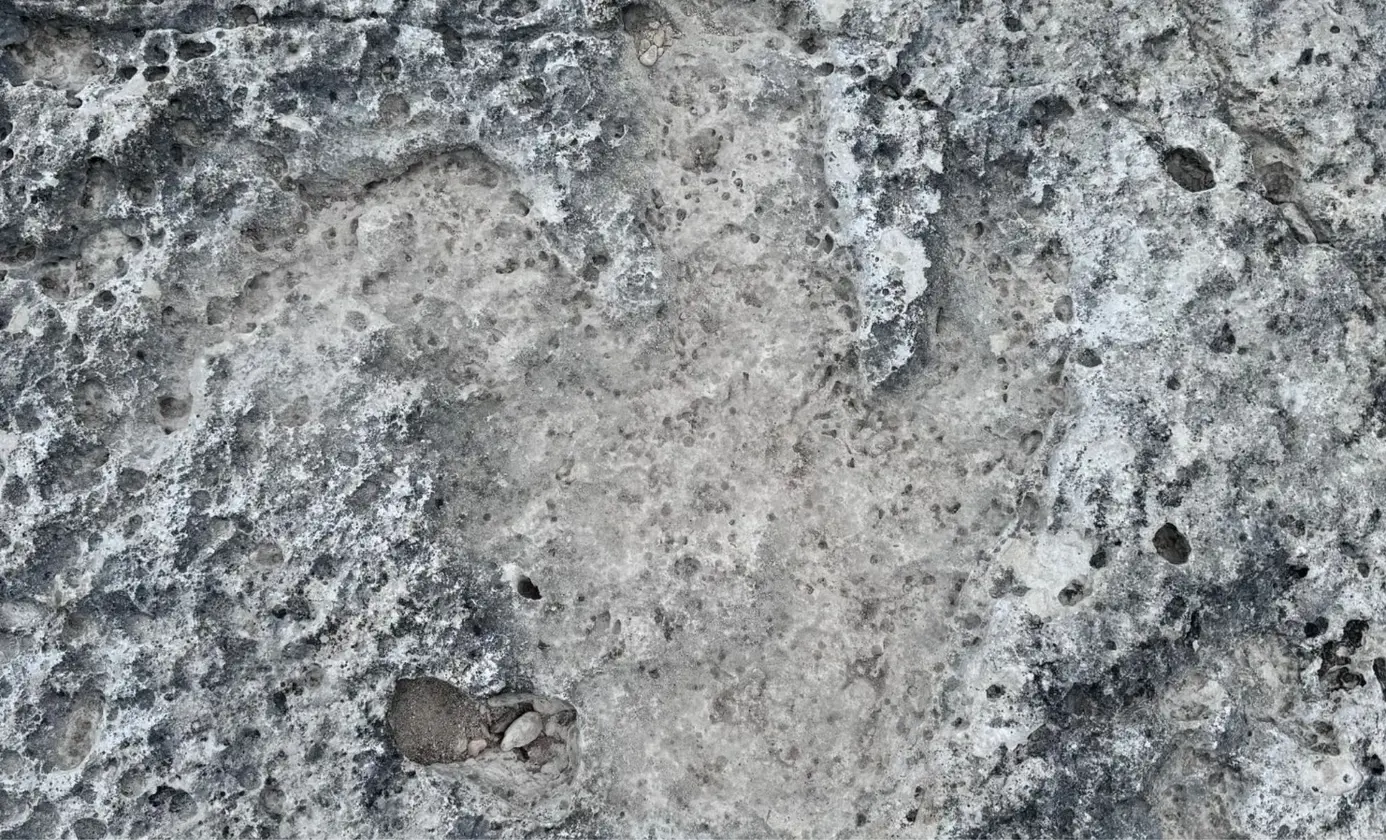
Fossil footprints found after floods in Texas
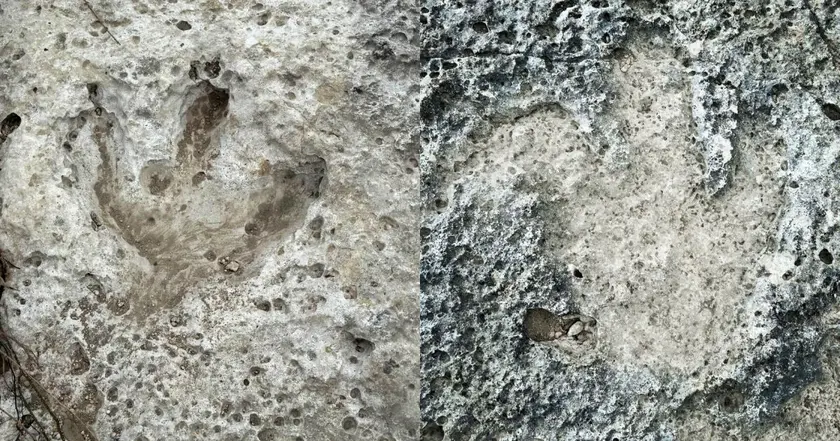
Ancient dinosaur footprints revealed in Central Texas
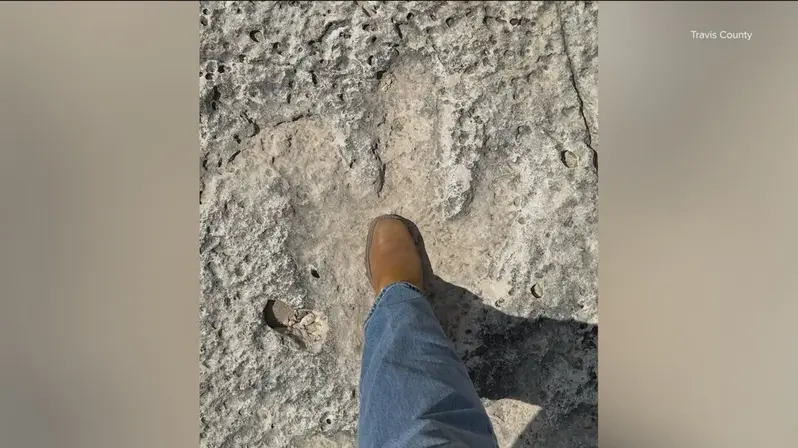
Fossil tracks found after Texas floods
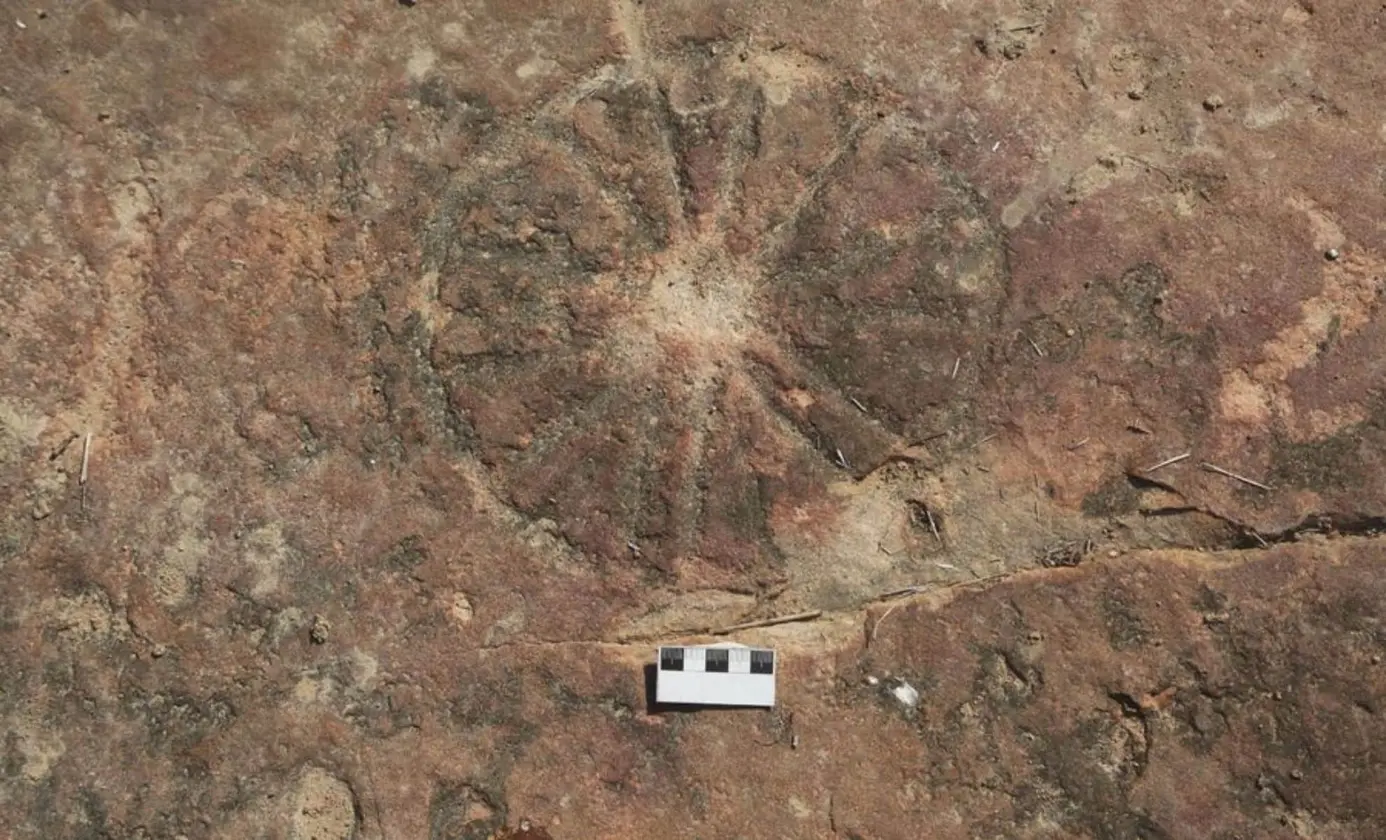
Ancient Drawings Found Near Dinosaur Footprints
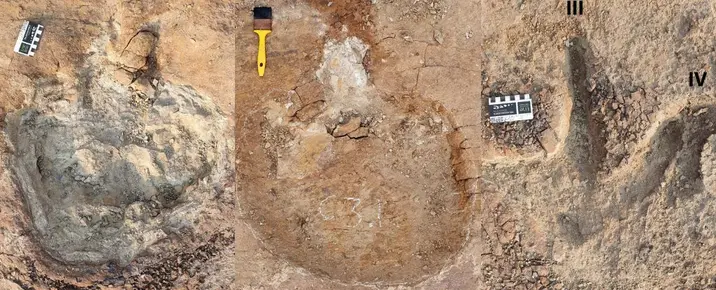
New Dinosaur Tracks Indicate Herding Behavior

New Dinosaur Footprints Discovered in Canada
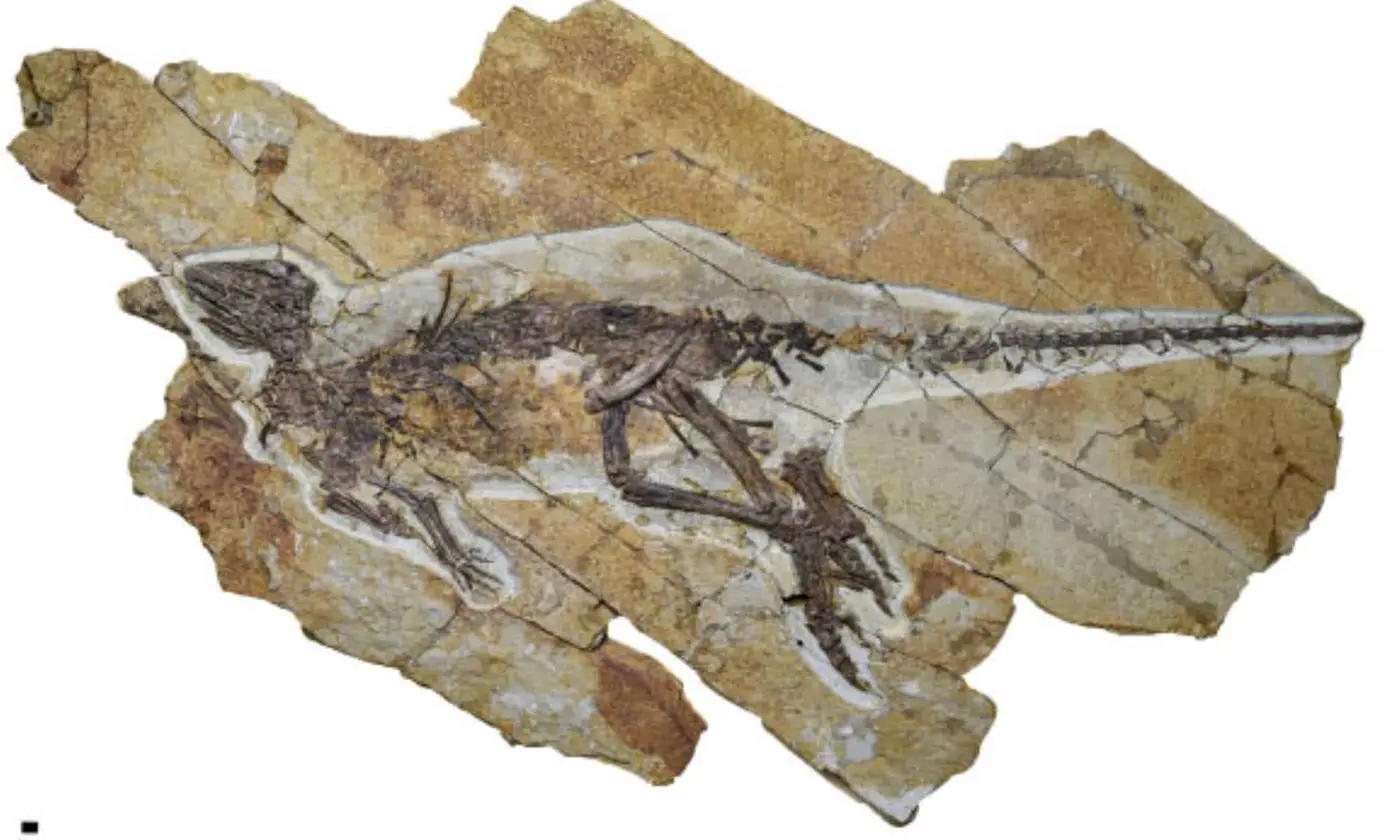
Pulaosaurus Qinglong discovered in China

Study Reveals Possible Size of Early Dinosaurs
